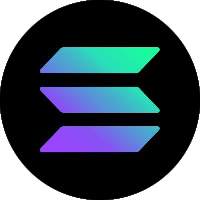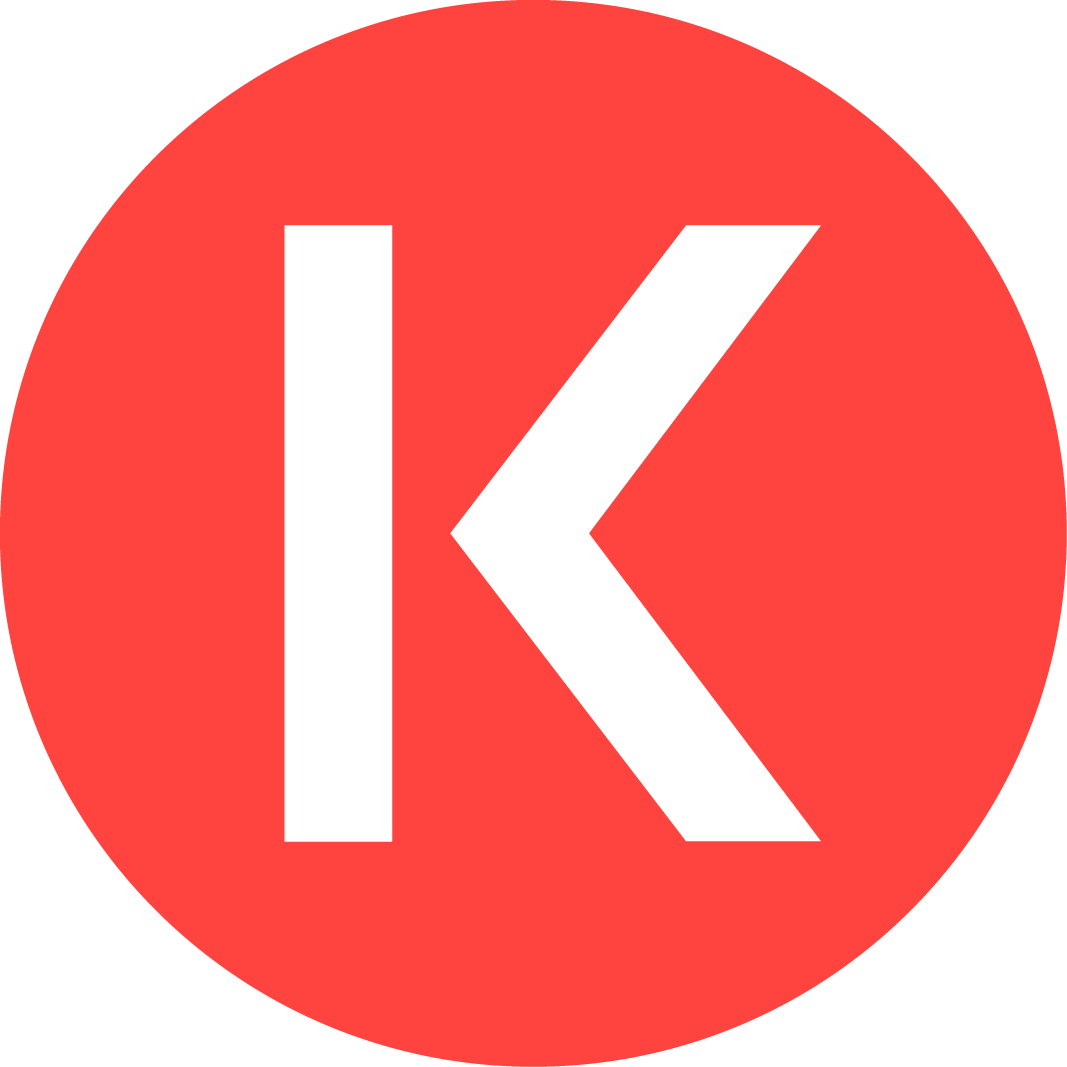Quel est le prix actuel de Osmosis ?
Nous mettons à jour la valeur de nos Osmosis dans la devise USD en temps réel. Obtenez le prix des Osmosis en direct sur Coinbase.
Quelle est la capitalisation boursière de Osmosis ?
La capitalisation boursière actuelle de Osmosis est de 590,23 M $US. Une capitalisation boursière élevée implique que l'actif est hautement valorisé par le marché.
Quel est le plus haut historique de Osmosis ?
Le plus haut historique de Osmosis est de 11,21 $US. Ce plus haut historique correspond au prix le plus élevé payé pour Osmosis depuis son lancement.
Quel est le volume d'échange de Osmosis sur 24 heures ?
Au cours des dernières 24 heures, le volume d'échange de Osmosis est de 29,56 M $US.
Quels autres actifs sont similaires à Osmosis ?
Parmi les actifs qui ont une capitalisation boursière similaire à Osmosis, on trouve Pyth Network, Kava, Siacoin, et bien d'autres actifs. Pour voir la liste complète, consultez la liste de nos actifs à capitalisation boursière comparable.
Quelle est la quantité de Osmosis en circulation ?
L'offre actuelle de Osmosis en circulation est de 655 millions.
Quelle est la durée de détention typique de Osmosis ?
Le délai moyen pendant lequel les clients Coinbase détiennent un montant de Osmosis avant de le vendre ou de l'envoyer vers un autre compte ou une autre adresse est de 8 jours.
Quelle est la popularité relative de Osmosis ?
Osmosis est classé 227 parmi les actifs négociables sur Coinbase. La popularité est actuellement basée sur la capitalisation boursière relative.
Quelle est l'activité de négociation actuelle sur le Osmosis ?
Actuellement, 95 % des utilisateurs de Coinbase achètent des Osmosis. En d'autres termes, 95 % des clients de Coinbase ont augmenté leur position nette en Osmosis au cours des dernières 24 heures via la négociation.
Puis-je acheter des Osmosis sur Coinbase ?
Oui, les Osmosis ne sont actuellement pas disponibles sur la plateforme d'échange centralisée de Coinbase. Pour obtenir des instructions plus détaillées, consultez notre guide utile expliquant comment acheter des Osmosis.





















































